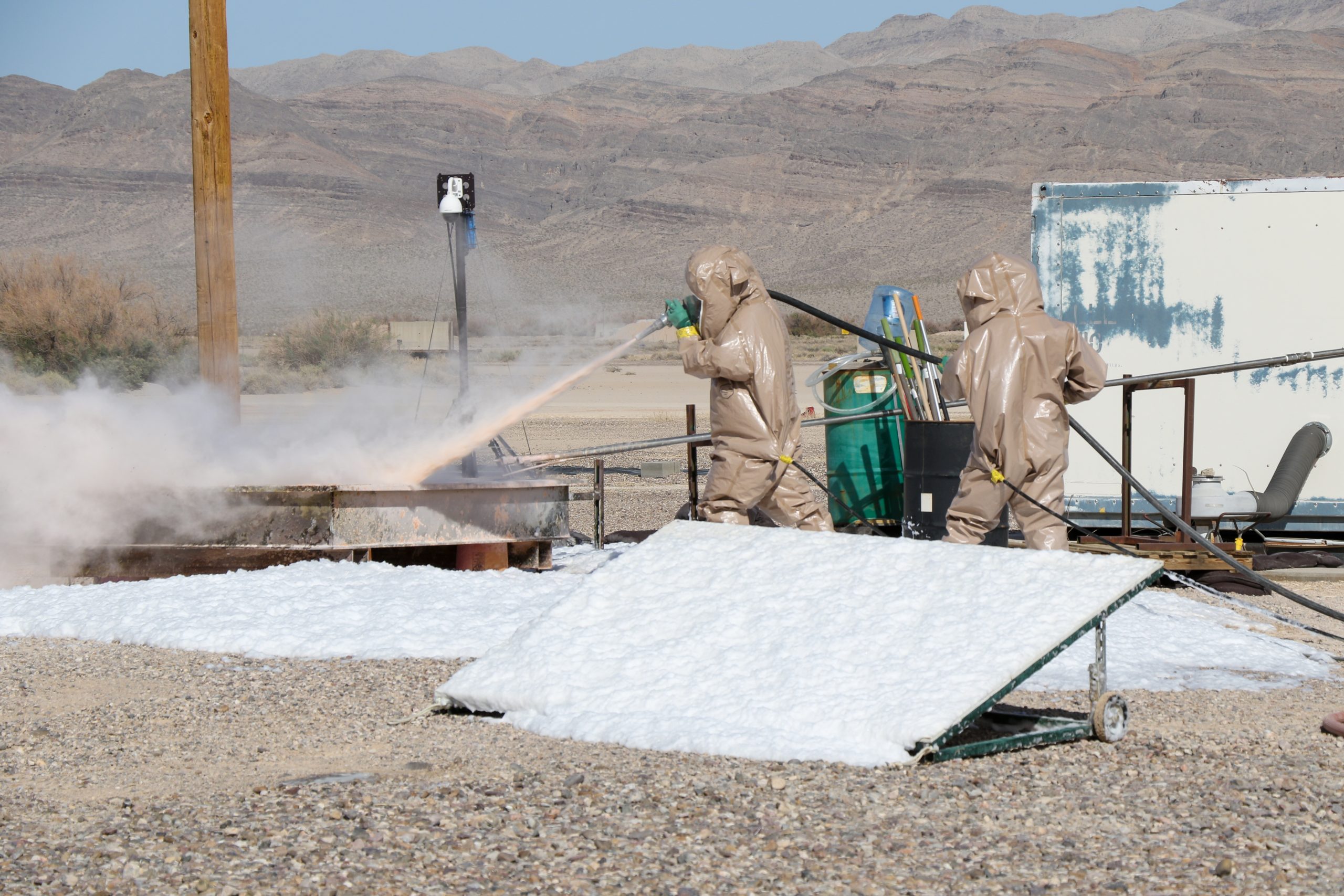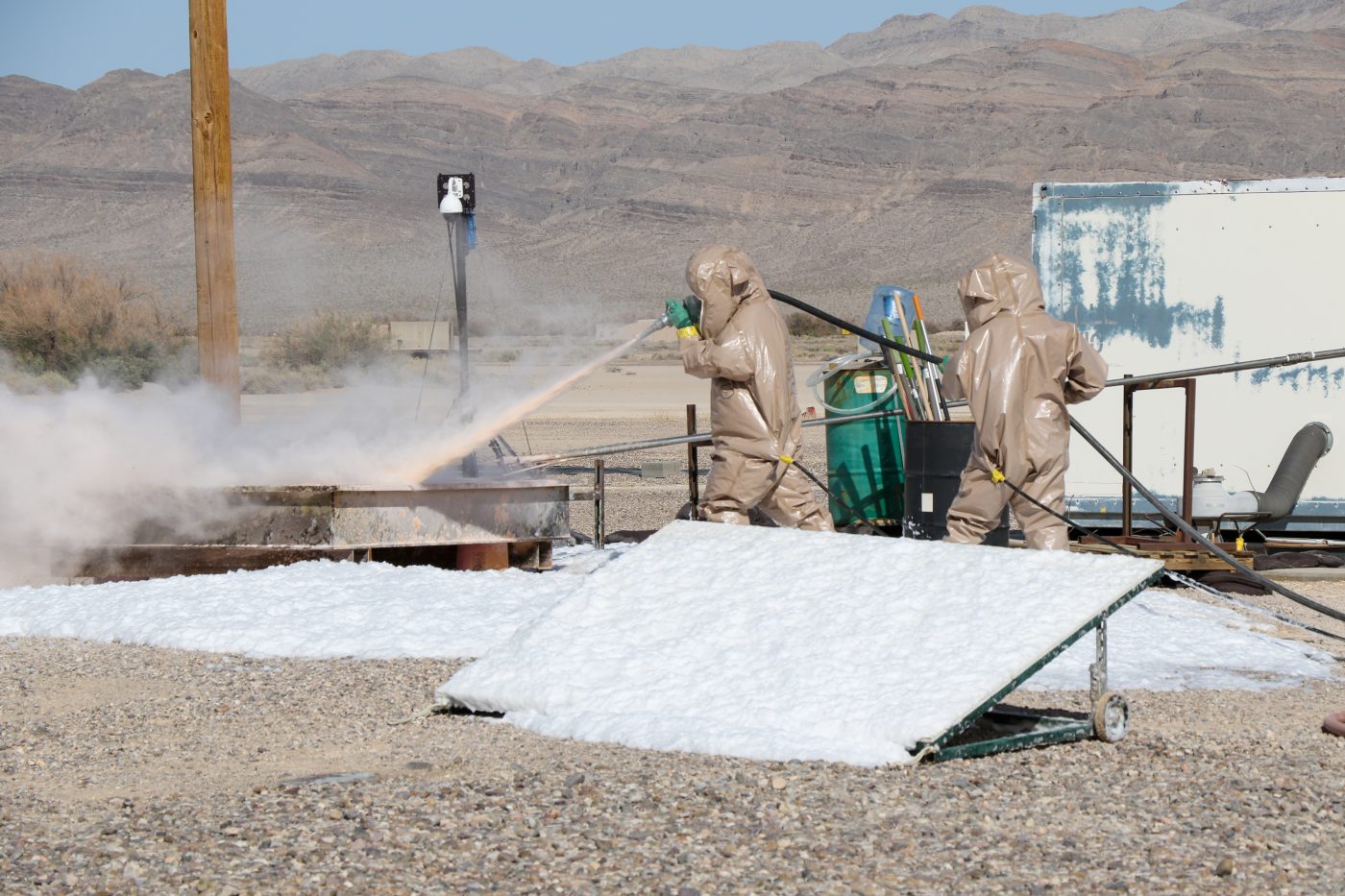
Nonproliferation Test and Evaluation Complex (NPTEC)

Nonproliferation Test and Evaluation Complex (NPTEC)
The mission of the Nonproliferation Test and Evaluation Complex (NPTEC) is to conduct hazardous material experiments in the open atmosphere.

NPTEC is located on Frenchman Flat, a natural geological basin within the Nevada National Security Site (NNSS). It is the largest facility for open-air testing of hazardous materials and biological simulants in the world. The topography, wind predictability and location offer a secure, controlled and realistic environment for small- and large scale testing of and training in hazardous materials. The unique location of NPTEC also enables partners to conduct field verification and validation of their technology.
The research and demonstration facility is available on a user-fee basis to private and public sector partners to evaluate the safety aspects of hazardous materials. NPTEC hosts myriad research and training activities using hazardous materials including remote sensor testing, airborne pollution verification modeling and weapons of mass destruction training.
Benefits and Features
The NNSS provides partners with the controlled release of hazardous or toxic materials into the atmosphere to simulate real-life accidents.
NPTEC is permitted and equipped to test a variety of multiple-release sources, including large-scale chemical releases, elevated stack chemical releases, and portable release systems. The facility can receive, stage, store, handle and perform a planned release of six known biological simulants while the partner is on site. There is no long-term storage of any chemicals or materials, and all projects are conducted within environmental and safety regulations.
NPTEC provides secure testbeds, logistics, calibrated release systems, weather data, ground-truth instrumentation, support for partners during project execution, and an aircraft take-off and landing strip on Frenchman Flat.
The facility provides support to light aircraft and unmanned aerial vehicles that can carry hazardous materials for release at various altitudes. Partners are permitted – with a laser safety operating permit in hand – to train with class one through four lasers at NPTEC. The facility also offers partners the ability to explore the effects of explosives and chemical spills on rail cars and transportation vehicles.
Experiments are controlled remotely about one mile away from the test areas. NPTEC features an array of monitoring equipment that measure wind speed, wind direction, and gas concentrations at various levels and distances. Tower-mounted video cameras record the tests and the monitoring stations record data on more than 1,500 data channels.
Additional features:
- Elevated stacks and spill pads are available to simulate realistic industrial release and accident scenarios.
- Test cell areas provide a method to expose materials and instrumentation to high concentrations of hazardous materials in a confined space.